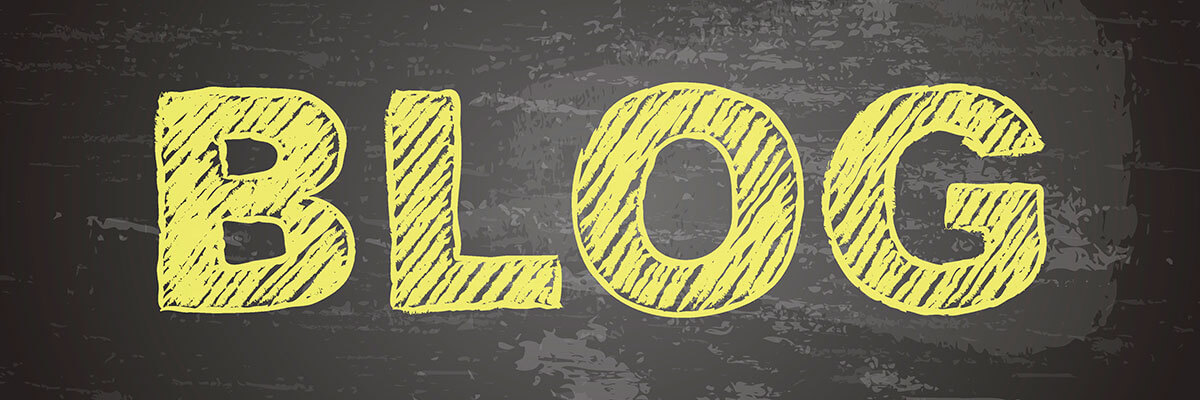To mulch or not to mulch
Mulching every year can be a big expense. Is it really necessary?
Annual mulching provides a finished look to the landscape. Without a doubt, mulching looks great at first. As time goes by the newness fades and so does the wow factor.
However, the added benefits of mulching far surpass the initial install.
5 Benefits of Mulching
- Suppresses weed growth
- Organics fertilize plants
- Retains moisture
- Helps fluctuating soil temperatures
- Helps achieve a finished and visually pleasing look
By definition mulch can be any variety of different materials. Such as bark mulch, recycled/ dyed mulch, wood chips, pine needles, straw, grass clipping, gravel, and cocoa shells. Though very different, each has a positive effect within the scope of application. Bark mulch or recycled/ dyed pallet mulch are most popular for planting beds.
Though it’s totally your preference, I like bark mulch, as it fulfills all 5 benefits mentioned above. The dyed mulch is made from recycled wood pallets that have been munched up and dyed various colors. The dying process allows longer color retention than bark mulch. It doesn’t break down as readily as bark mulch and therefore plants don’t fully benefit from the fertilizing effect. Eventually, the dye fades, leaving the look of wood chips.
The depth of applied much is important too. You’ll want to maintain about a 2″ depth of mulch. Any more is actually detrimental to the plant material, not allowing for free movement of air and water. Less than an inch is not enough for good weed suppression and moisture retention.
Bottom line, mulch is not just for looks. It is part of a good maintenance program that you and your plants will enjoy the entire season.


